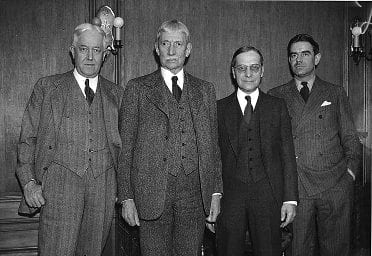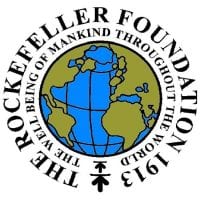The United States Tomb of the Unknown Soldier was dedicated at Arlington National Cemetery — following a reverential selection process that spanned the Atlantic Ocean — on this day in history, Nov. 11, 1921.
The remains of the American hero buried beneath the tomb was chosen from thousands of unidentified doughboys killed in World War I and buried in France.
“Here rests in honored glory an American Soldier, Known but to God,” reads the inscription on the marble tomb.
Crypts for Unknown Soldiers from World War II and Korea were added in 1958.
“The Tomb of the Unknown Soldier is Arlington National Cemetery’s most iconic memorial,” according to the U.S. Army’s online cemetery education program.
“It has stood at the heart of the cemetery, serving as a site for reflection on service, valor and sacrifice … The Unknowns represent all unidentified service members who gave their lives for the United States.”
Among the purposes of the tomb: to help give comfort to the thousands of American families who never knew the fate of their loved ones lost overseas. Instead, they can know that their loved ones’ sacrifices are remembered by the nation.
Over 60,000 American service members are still listed as Missing in Action from World War II alone, according to the federal government’s Defense POW/MIA Accounting Agency.
It’s a somber reminder of the human devastation of that conflict.
“Here rests in honored glory an American Soldier, Known but to God.” — Tomb of the Unknown Soldier
About 20,000 other Americans were lost and remain missing in conflicts that followed, including Korea, Vietnam, Cold War, Gulf War and War on Terror. The government no longer keeps or offers a number of missing from World War I.
Impressed by efforts by France to honor a “Soldat Inconnu” — an unknown soldier — U.S. Army Brigadier G. William D. Connor proposed a similar American project to Army Chief of Staff Gen. Peyton C March, on Oct. 29, 1919.




